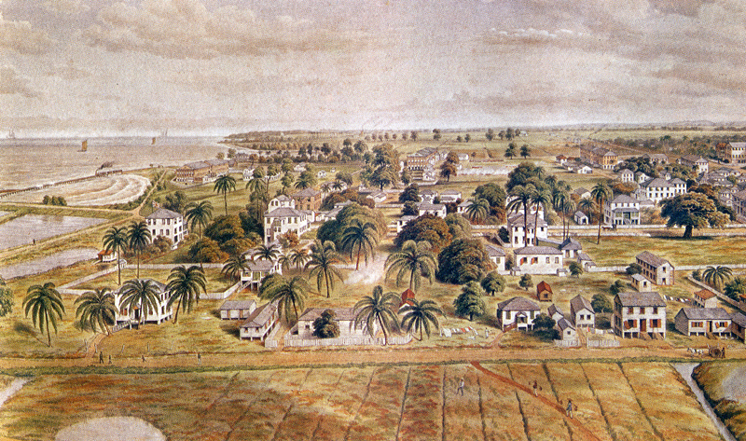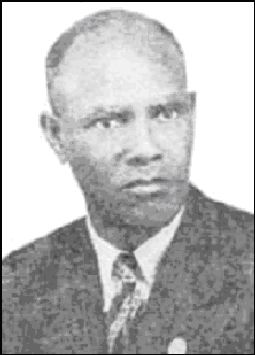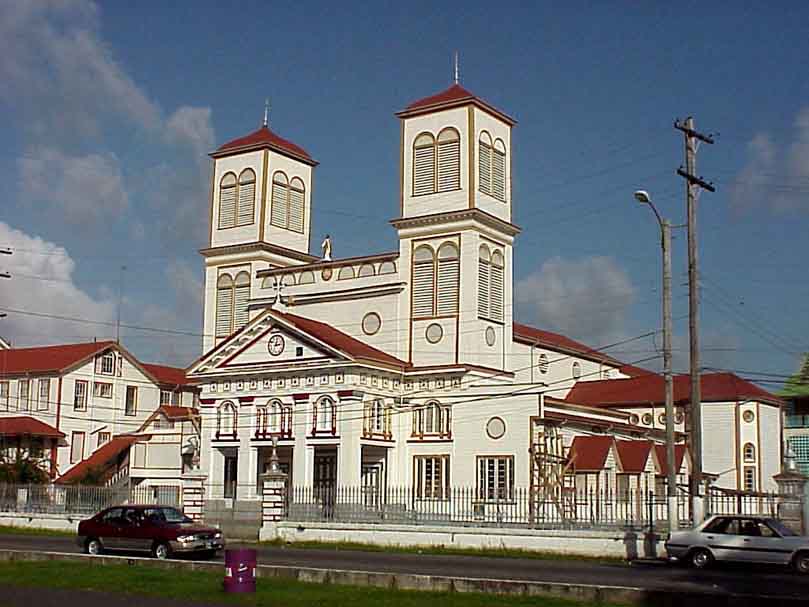According to ‘Ethnologue, Languages of the World’, the number of individual languages listed for Guyana is 17. Of these, 14 are living and 3 are extinct. Of the living languages, 2 are institutional, 7 are in trouble, and 5 are dying.
Guyana’s national language is English, the language used in education, work, mass media, and government at the national level – an inheritance of our British colonial history; while Guyanese Creole English, according to ‘Ethologue’, is the “De facto language of national identity”, spoken by 650,000 individuals of an estimated population of 700,000 at the time of the ‘Ethologue’ publication.




